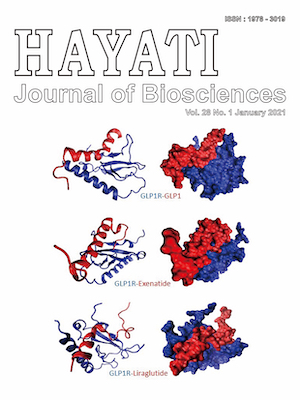Paddy Loss and Its Implication to Fertilizer Subsidy in Indonesia
Abstract
Indonesia is the third largest rice producer in the world, at the same time it’s a country that imports rice from various countries. The government has provided input subsidies to increase rice production and reduce imports. Modes of rice farming in Indonesia is relatively diverse, from conventional to modern, even in the post-harvest process. The objectives of this study are: to analyze the impact of post-harvest handling on food loss and to analyze the relationship between paddy or rice loss with the quantity and value of fertilizers subsidy and paddy production in Indonesia. The estimated food (rice) loss includes the stages of harvesting, threshing, drying, and milling stages and distribution. Farmers use various technologies in processing rice: serrated sickle in harvesting, power thresher in threshing, and flatbed dryer in drying; while rice milling was done using conventional rice miller. The total rice loss reached 6.91 million tons in 2014 and continued to increase to 8.14 million tons in 2018. The growth rate of fertilizer subsidy value is higher than those of subsidized fertilizer quantity and paddy or rice loss. The results indicated that growth rates of paddy production and rice loss was lower than increased of government subsidy for fertilizer.
Downloads
HAYATI J Biosci is an open access journal and the article's license is CC-BY-NC. This license lets others distribute, remix, tweak, and build upon author's work, as long as they credit the original creation. Authors retain copyright and grant the journal/publisher non exclusive publishing rights with the work simultaneously licensed under a https://creativecommons.org/


















.png) IPB University
IPB University Department of Biology
Department of Biology The Indonesian Biological Society
The Indonesian Biological Society 

